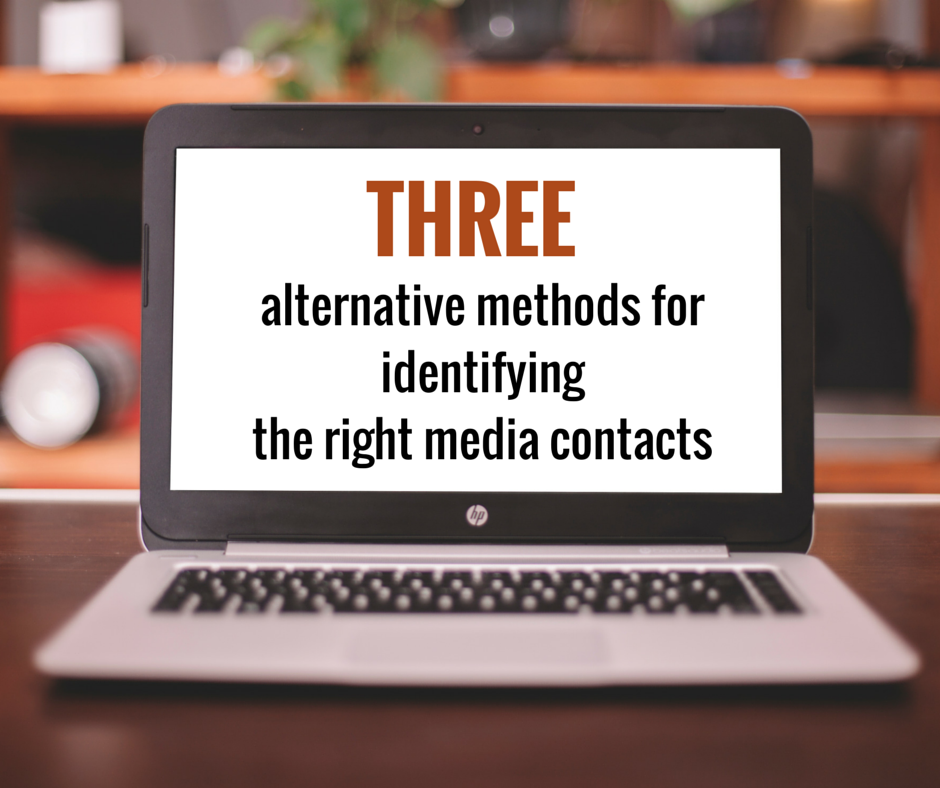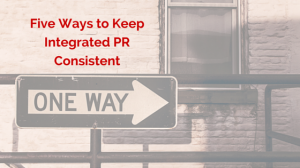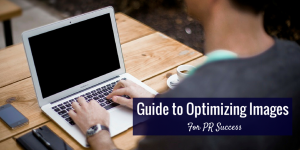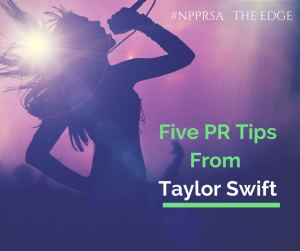Influencer marketing seems to be the latest buzzword over the last few years and platforms like Klout, Get Little Bird and Traackr have dominated this space when it comes to identifying influencers within specific markets.
At W2O Group, we have proprietary methodology that combines quantitative scoring and human intelligence to identify the top 1% of influencers (in a specific category, topic, geography, language) that actually move the market when they speak.
Before diving into influencers you must first understand the market and how it’s shaped. (Click to Tweet!)
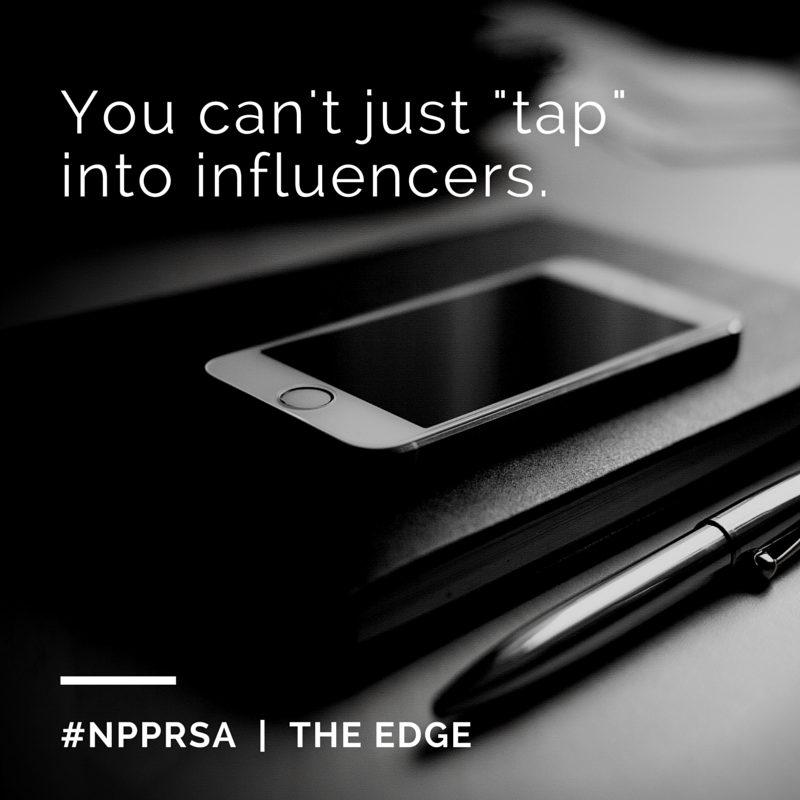 We look at the market through the lens of the 1:9:90 audience framework. We didn’t create this model but we have perfected it over the last 7 years in activating programs and the model has proven to be true regardless of what vertical or industry you work in.
We look at the market through the lens of the 1:9:90 audience framework. We didn’t create this model but we have perfected it over the last 7 years in activating programs and the model has proven to be true regardless of what vertical or industry you work in.
The “1%” drive the market based on their actions – what they write/tweet about or what they say at events and interviews. They are influencers and are seen as subject matter experts for a specific topic. Our algorithms show that there are never more than 50 people who drive the majority of share of conversation for a brand or a topic in a given country or language.
The “9%” are highly active online. They recommend, share, sign up, download, comment and other actions that let their community of peers know what they think about certain topics. In many respects, this group serves as the “trust filter” for the rest of the market.
The “90%” are the great majority of any market. They lurk and learn. This group is satisfied with using search for discovering new products or consuming the content of their peers. They decide how compelling the 1% and the 9% really are in telling your brand’s story based on their purchase behavior.
In the upcoming PRSA webinar, I will go deep in explaining how we arrive at identifying the 1% of influencers; and then provide very actionable examples of how you can activate those influencers across paid, earned, shared and owned media channels.


